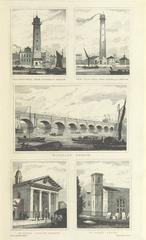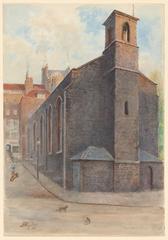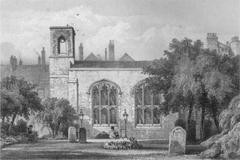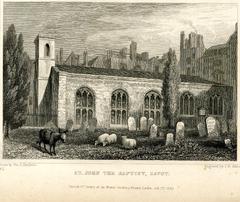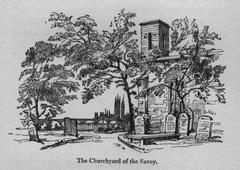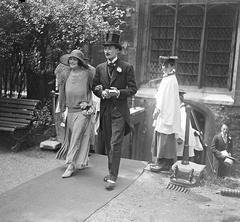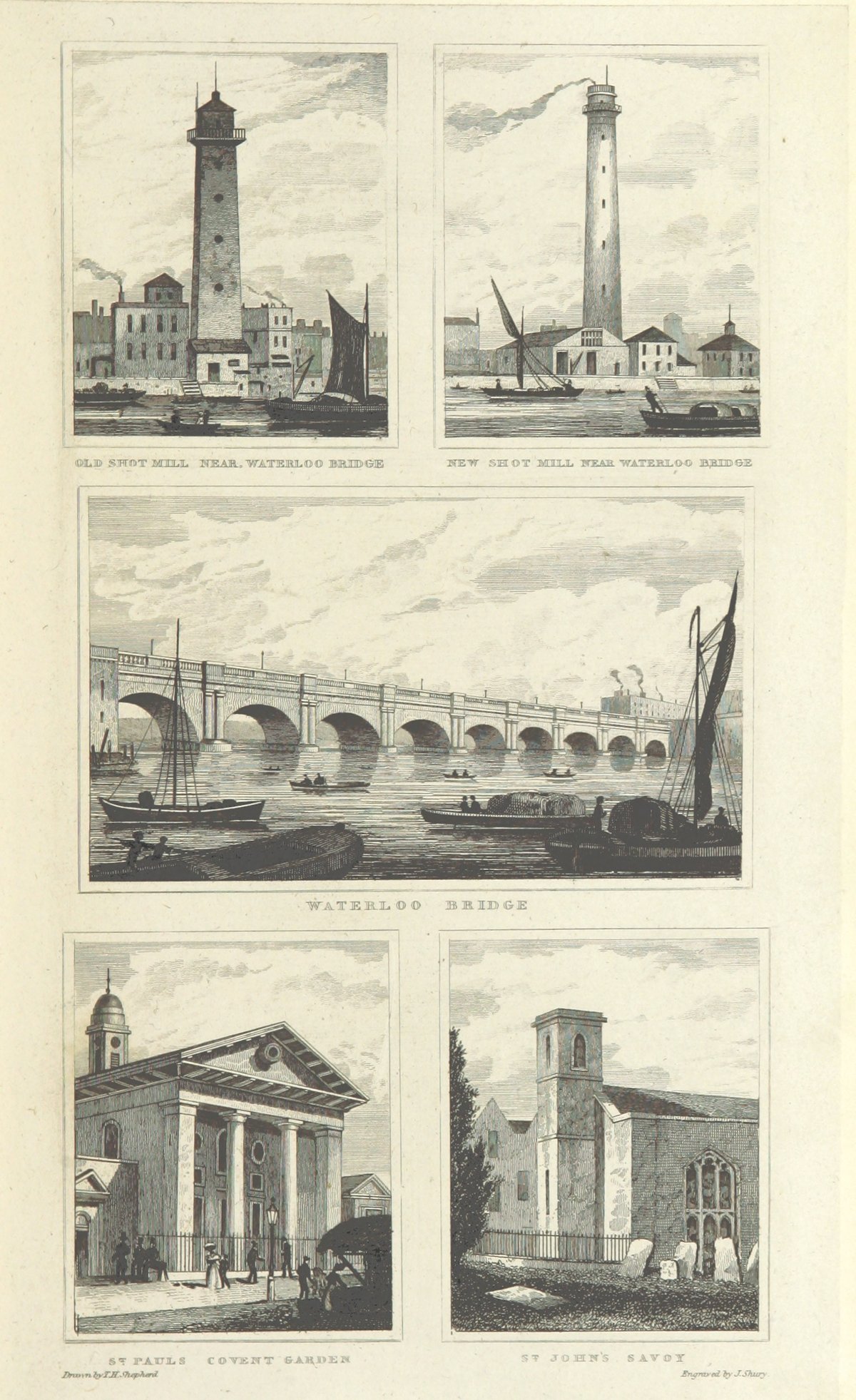
Savoy Chapel Visiting Hours, Tickets, and Guide to London Historical Sites
Date: 14/06/2025
Introduction
Nestled in the heart of London’s Strand, the Savoy Chapel—officially The Queen’s Chapel of the Savoy—stands as a remarkable testament to Britain’s royal history, ecclesiastical tradition, and architectural heritage. As a rare royal peculiar, the chapel is under the direct jurisdiction of the Sovereign, distinguishing it from typical parish churches and highlighting its exceptional connection to the British monarchy. Built on the site of the former Savoy Palace and later the 16th-century Savoy Hospital, the chapel’s Perpendicular Gothic architecture and rich interior decorations provide visitors with an immersive journey into centuries of English history and royal ceremonies.
This guide covers everything you need to plan a memorable visit: Savoy Chapel visiting hours, ticket policies, accessibility, historical background, and tips for exploring nearby attractions. For official updates and the most current information, consult the Savoy Chapel Official Website, Historic England, and the Royal Family’s page on the Savoy Chapel.
Table of Contents
- Medieval Origins and Royal Foundation
- The Savoy Hospital and Chapel Construction
- Royal Peculiar Status and Historical Significance
- Architectural Evolution and Restoration
- Savoy Chapel Visiting Hours and Tickets
- Accessibility and Travel Tips
- The Chapel’s Role in London’s Religious and Social Life
- Notable Events and Figures
- Preservation and Modern-Day Relevance
- Frequently Asked Questions (FAQ)
- Nearby Attractions and Suggested Itineraries
- Practical Tips for a Memorable Visit
- Conclusion and Call to Action
- References
Medieval Origins and Royal Foundation
The roots of the Savoy Chapel trace back to 1246, when King Henry III granted land to Peter, Count of Savoy, uncle to Queen Eleanor of Provence. The Savoy Palace soon became one of medieval England’s most opulent residences and a focal point of courtly life (Historic Royal Palaces). However, in 1381, the palace was destroyed during the Peasants’ Revolt, leaving the site in ruins for over a century.
In 1505, King Henry VII established the Savoy Hospital on the site as an act of royal charity, providing care for the poor and indigent. At the heart of this charitable institution was the chapel, which was consecrated in 1512 in the Perpendicular Gothic style (British History Online).
The Savoy Hospital and Chapel Construction
The Savoy Hospital was one of the largest and most progressive charitable foundations of Tudor England, designed to house 100 poor men and featuring facilities such as a dormitory, refectory, and the chapel. The chapel’s tall windows, fan vaulting, and intricate stonework offered both spiritual solace and architectural splendor. Although the hospital was dissolved in 1702, the chapel survived, continuing its legacy as a place of worship and royal association (The Queen’s Chapel of the Savoy).
Royal Peculiar Status and Historical Significance
The Savoy Chapel’s status as a royal peculiar means it answers directly to the monarch rather than the local bishop (Church of England). This special standing, reaffirmed by successive sovereigns, has allowed the chapel to serve as the spiritual home of the Royal Victorian Order and to host ceremonies linked to the Duchy of Lancaster, a private estate of the British sovereign.
Inside, the chapel’s walls are adorned with royal heraldry, including the Duchy of Lancaster’s coat of arms, and memorials to members of the Royal Victorian Order, underscoring its enduring royal patronage.
Architectural Evolution and Restoration
Despite its medieval origins, the Savoy Chapel has experienced several phases of restoration and adaptation. A major fire in 1776 destroyed much of the original hospital, but the chapel was spared. Victorian architect Sydney Smirke led significant restoration work in the 19th century, blending Tudor elements with Victorian craftsmanship (Historic England). Features of note include:
- Stained glass windows commemorating historical figures and royal events
- A carved wooden screen
- Memorials to military organizations, including the Royal Air Force
- The 1864 east window depicting scenes from Christ’s life and Savoy history
Savoy Chapel Visiting Hours and Tickets
Visiting Hours:
- Monday to Thursday: 9:30 am – 4:00 pm
- Friday: 9:30 am – 3:00 pm
- Sunday: Open for worship services only at 11:00 am
Hours may vary due to private events or special services. Always consult the Savoy Chapel Official Site for up-to-date information.
Tickets and Admission:
- Entry is free; no tickets are required.
- Donations are welcome to support the chapel’s preservation.
Guided Tours:
- Available for groups by prior arrangement (typically up to 25 people).
- Book at least two weeks in advance through the chapel office (contact details).
- Individual visitors may explore independently during opening hours.
Accessibility and Travel Tips
- Wheelchair Access: The main entrance is step-free, and the nave and chancel are level. An accessible toilet is available.
- Assistance: Staff can assist visitors with additional needs; assistance dogs are welcome.
- Hearing Loop: Installed for services and guided tours.
- Public Transport: The chapel is close to Charing Cross, Embankment, and Temple Underground stations. Numerous bus routes serve the Strand (Transport for London).
- Parking: Limited and expensive in central London—use public transport where possible.
The Chapel’s Role in London’s Religious and Social Life
The Savoy Chapel is the official chapel of the Royal Victorian Order, hosting annual services and ceremonies for honorees of the order. It also conducts weddings, baptisms, and memorials, primarily for those connected to the Duchy of Lancaster or the royal household. The chapel’s choir and organ are renowned for musical excellence, enhancing the liturgical and ceremonial life of the community.
Notable Events and Figures
Noteworthy individuals associated with the Savoy Chapel include John Milton, who was married here in 1656, and Sir Robert Douglas, who is interred within its grounds. The chapel survived bombing during World War II and was quickly restored, reflecting London’s resilience and continuity.
Preservation and Modern-Day Relevance
Recognized as a Grade II* listed building (Historic England Listing), the chapel is the focus of ongoing conservation efforts to maintain its architectural integrity and historical character. It remains an active place of worship, a venue for concerts and ceremonies, and a welcoming site for visitors interested in London’s rich heritage.
Frequently Asked Questions (FAQ)
Q: What are the Savoy Chapel visiting hours?
A: Monday to Thursday, 9:30 am – 4:00 pm; Friday, 9:30 am – 3:00 pm; Sunday, worship service at 11:00 am only.
Q: Is there an entrance fee?
A: No, admission is free. Donations are encouraged for preservation.
Q: Are guided tours available?
A: Yes, for groups by prior booking. Individuals may visit independently.
Q: Is the chapel wheelchair accessible?
A: Yes, with step-free access and an accessible toilet.
Q: Can I take photographs inside?
A: Personal photography is permitted except during services or private events. Flash and tripods are not allowed.
Nearby Attractions and Suggested Itineraries
The Savoy Chapel’s central location makes it ideal for combining with other famous London sights:
- Somerset House: 0.2 miles away (Somerset House)
- Covent Garden: 0.3 miles away, with markets, theatres, and cafés
- The National Gallery: 0.5 miles away (National Gallery)
- Victoria Embankment Gardens: A tranquil riverside park, 0.2 miles away
Plan your day to include these nearby points of interest for a rich cultural itinerary.
Practical Tips for a Memorable Visit
- Check for Closures: Always verify opening times before visiting, as the chapel may close for private functions (official website).
- Dress Respectfully: As an active place of worship, modest attire is appreciated.
- Support Preservation: Donations and guidebook purchases help maintain the chapel.
- Travel Light: No cloakroom; large bags are not permitted.
- Food and Drink: No café on site, but many options nearby, including the renowned Savoy Hotel.
Conclusion and Call to Action
The Savoy Chapel is an essential destination for anyone interested in London’s royal and religious past. Its unique status, stunning architecture, and ongoing ceremonial role offer a rare window into English heritage. Make sure to check the latest visiting hours, consider joining a guided tour, and explore the chapel’s connections to the monarchy and the city’s history.
For further details, group bookings, or special arrangements, contact the chapel office:
- Queen’s Chapel of the Savoy
Savoy Hill, Strand, London WC2R 0DA
Tel: +44 (0)20 7836 7221
Email: [email protected]
Official Website
Enhance your visit by downloading the Audiala app for audio guides, related articles, and exclusive content. Follow us on social media for updates and share your Savoy Chapel experience!
References
- Savoy Chapel Visiting Hours, Tickets, and Historical Guide to London’s Royal Peculiar, 2025, Historic Royal Palaces (https://www.hrp.org.uk/)
- Savoy Chapel Visiting Hours, Tickets, and Historical Guide to London’s Royal Peculiar, 2025, British History Online (https://www.british-history.ac.uk/old-new-london/vol3/pp84-97)
- The Queen’s Chapel of the Savoy, 2025, The Royal Family (https://www.royal.uk/queens-chapel-savoy)
- Savoy Chapel Visiting Hours, Tickets, and Historical Significance in London, 2025, London Guided Walks (https://londonguidedwalks.co.uk/the-savoy-chapel/)
- Savoy Chapel Visiting Hours, Tickets, and Visitor Guide – London Historical Site, 2025, Royal Chapel of the Savoy Official Site (https://www.royalchapelsavoy.org/)
- Historic England Listing for Savoy Chapel, 2025 (https://historicengland.org.uk/listing/the-list/list-entry/1066237)
